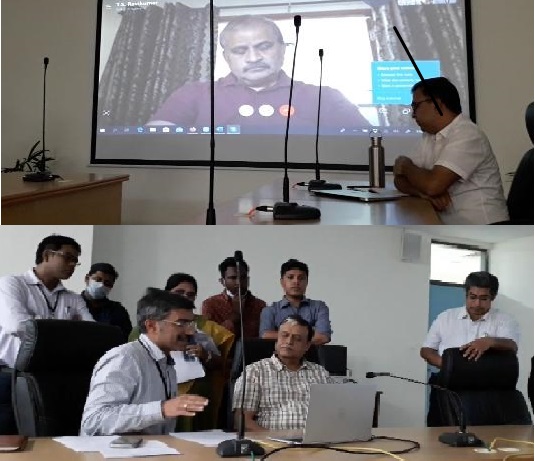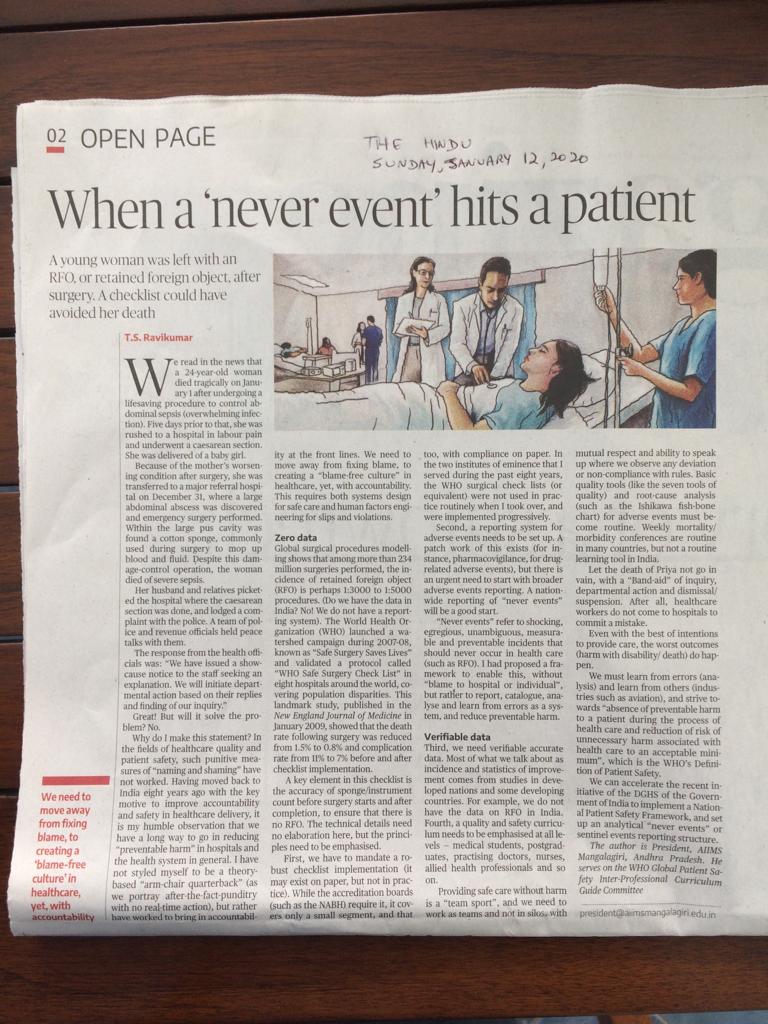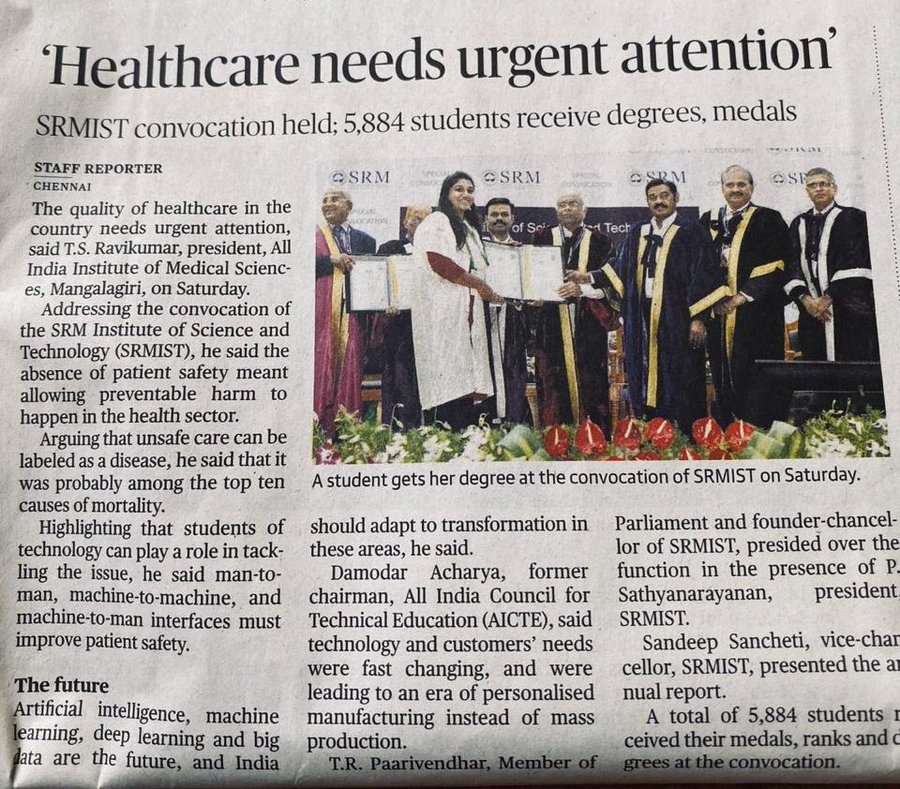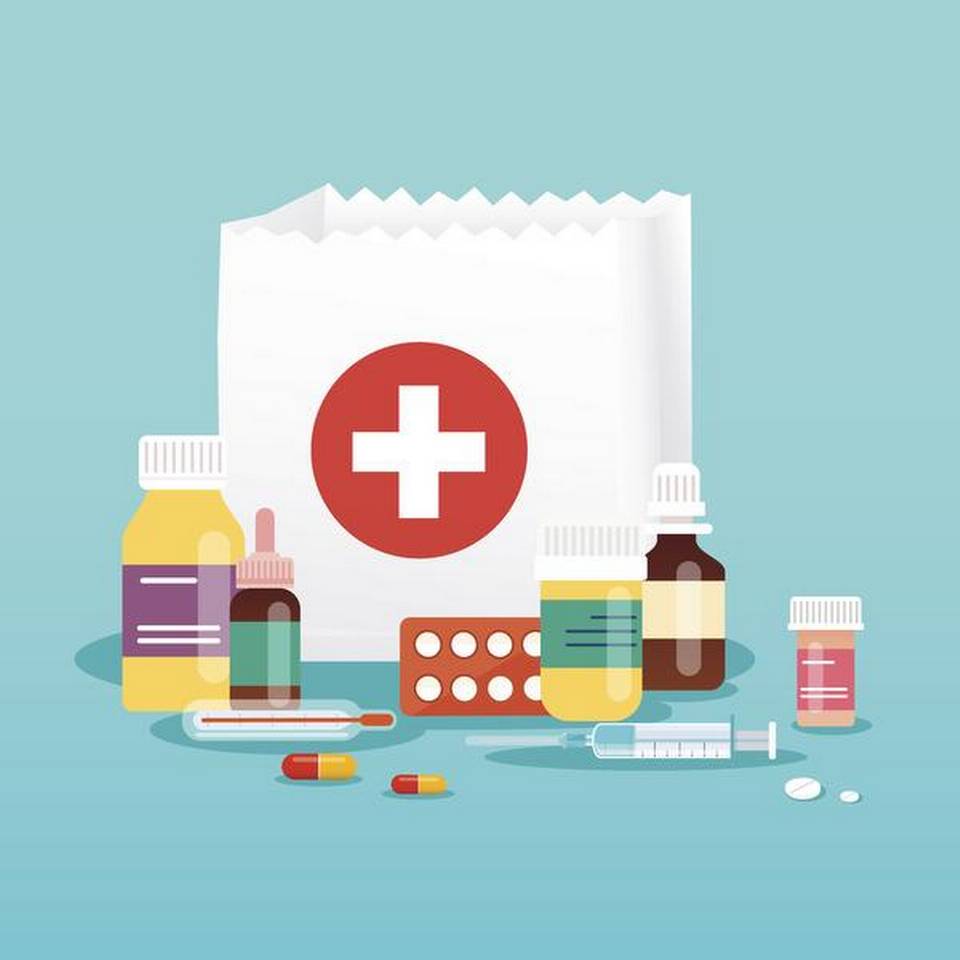Salute to dedicated global fraternity
As I write this there are 382,000 cases of coronavirus globally (perhaps will reach 400,000 by the time some of you read this) with 16,558 deaths and over 12,000 patients critically ill. Over 100,000 have recovered, but this should not give us a false sense of security. In India, 511 cases are diagnosed so far, but the rate of daily new cases is now exceeding 100. As our testing rate is very low, it is likely that there are hundreds, if not, thousands of undetected cases. This point is to be taken seriously, since in the coming days, we may be hit with an avalanche or tsunami of patients in various parts of India.
Keeping this in mind, our institute has already started plans for COVID 19 disaster, and in my videoconference call yesterday, I emphasised the need for enhancing our disaster preparedness. Such disaster planning has to get into the “nitty gritty” details than what we have now: command-control structure, communication process (3 levels of redundancy, unity/unified command), activation and drills (3 steps of disaster warning, disaster alert, disaster action), corona virus specific protocols (out patients, quarantine/isolation facilities, inpatients, levels of integration with state system etc).
Each one of us (employees, contractual workers, students) is to be involved and each should know his/her “positional role” (where to serve, what role to play, who to report up/down, and who to work in team laterally). As it is happening in rest of the world, during this pandemic, specialty barriers come down and every physician/nurse will become member of corona virus treatment team. This is now happening in all countries hit with corona virus.
So, work together, empathetic in every encounter, saving as many lives as possible.
At the end of the day, when all said and done, and after we prepare and enact disaster management, what will distinguish the best are: the love and care within us for the fellow human beings, and the commitment & passion we have for the profession we have chosen :)




